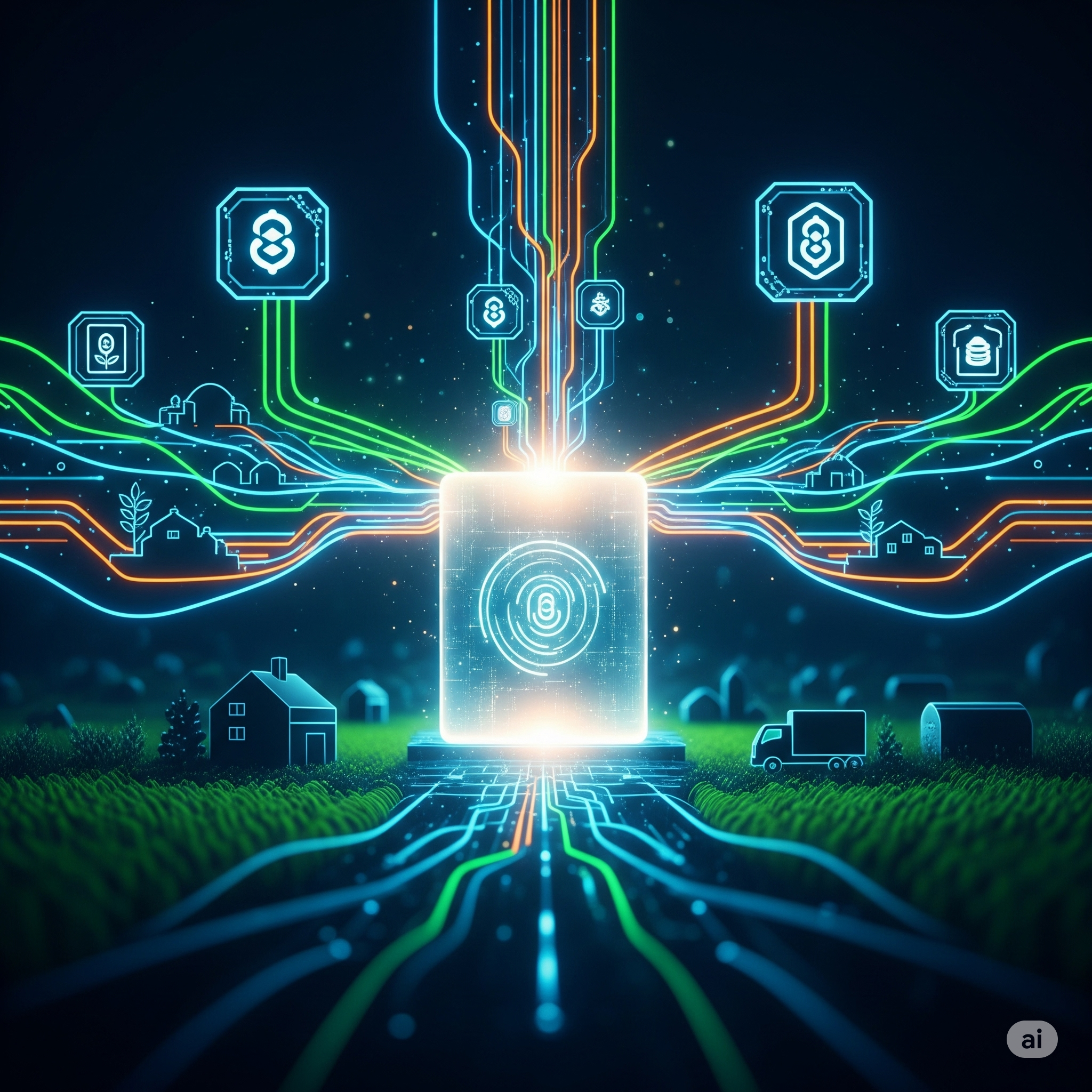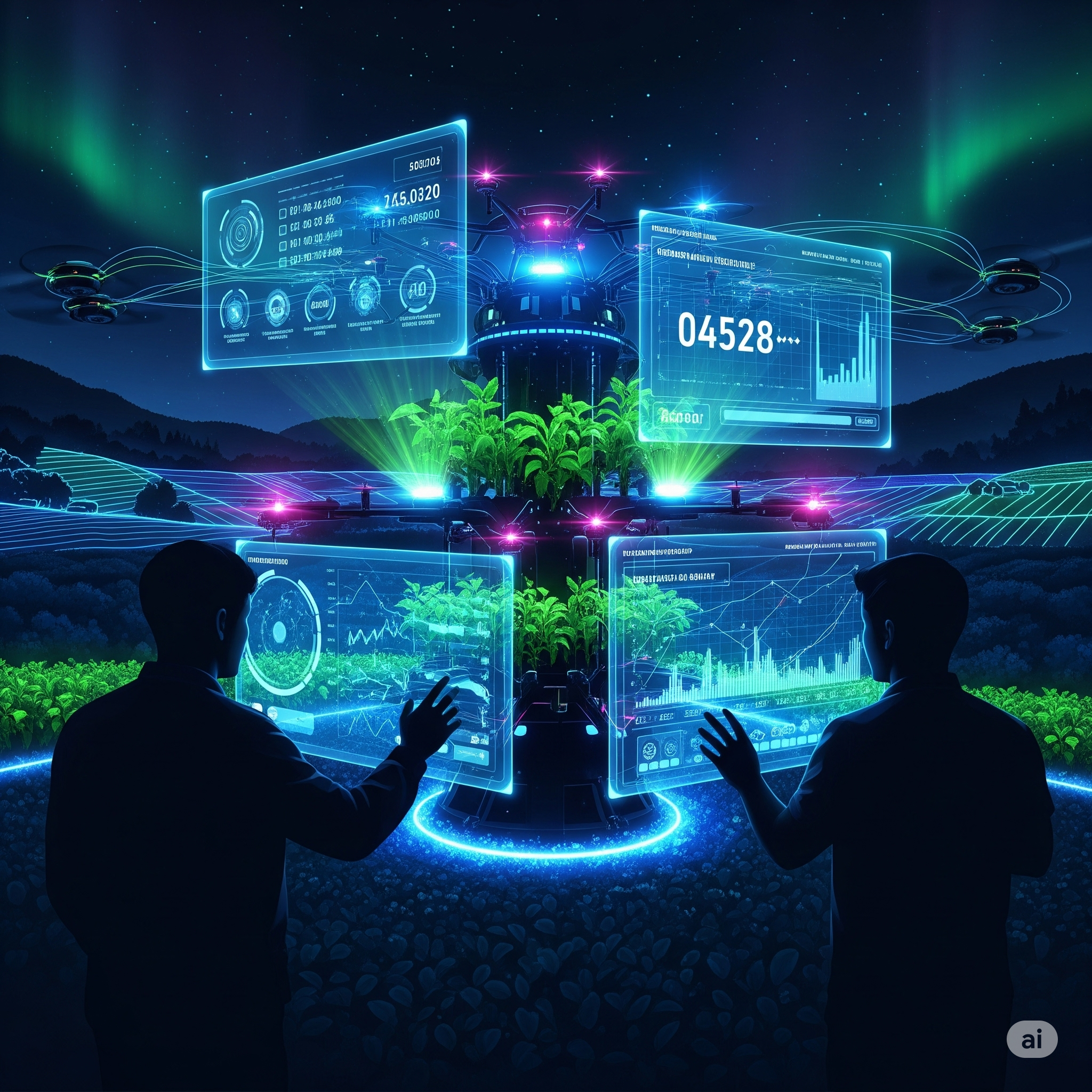The UMANG (Unified Mobile Application for New-age Governance) scheme is a flagship initiative by the Government of India designed to provide a seamless digital platform for citizens to access various government services. This initiative aligns with the broader Digital India vision, aimed at enhancing the reach, efficiency, and transparency of e-governance in the country.
This article delves into the salient features of the UMANG scheme, its significance, advantages, challenges, and the way forward.
Introduction to UMANG
UMANG is a multi-service mobile application developed by the National e-Governance Division (NeGD) and the Ministry of Electronics and Information Technology (MeitY) in collaboration with various government departments. It acts as a single unified interface, offering a range of services from different central, state, and local government bodies as well as utility services.
Key Objectives of UMANG
- One-Stop Digital Platform – Provide an integrated system where citizens can access a variety of government services from a single application.
- Enhancing Citizen Convenience – Minimize the need for visiting government offices by enabling services through a digital medium.
- Encouraging Digital Literacy – Promote the adoption of digital tools and technologies, supporting the Digital India movement.
- Simplification of Government Services – Streamline bureaucratic processes to ensure timely delivery of public services.
- Secure and Scalable Platform – Ensure high standards of security and scalability to accommodate an increasing number of services and users.
Salient Features of UMANG Scheme
1. Unified Platform for Multiple Government Services
One of the most remarkable features of UMANG is its ability to integrate multiple government services into a single digital interface. Instead of navigating through multiple websites and applications, users can access hundreds of services across different categories, including:
- Education (e.g., CBSE, NCERT, Scholarships)
- Healthcare (e.g., Ayushman Bharat, e-Hospital, Health ID creation)
- Finance (e.g., EPFO, NPS, Aadhaar services, PAN, Tax filing, Banking Services)
- Employment (e.g., MGNREGA, Skill Development, e-Shram, Job Portals)
- Agriculture (e.g., PM-KISAN, Soil Health Cards, Weather Forecasts)
- Transport (e.g., DigiLocker, mParivahan, RTO Services, FASTag recharge)
2. Multilingual Support for Better Accessibility
Recognizing India’s linguistic diversity, UMANG is available in multiple regional languages in addition to Hindi and English. This feature ensures that a larger section of society, including non-English-speaking populations, can access government services without language barriers.
3. Cross-Platform Compatibility
UMANG is designed to be accessible through multiple devices and platforms:
- Mobile Application (Android & iOS) – The primary interface for users.
- Web Portal – Citizens can access services via a web browser.
- Chatbots & Voice Assistants – Some services are integrated with AI-driven virtual assistants for ease of use.
- IVRS & SMS Services – Users without smartphones can access select services through Interactive Voice Response System (IVRS) or SMS.
4. Secure Authentication & Integration with Aadhaar
- UMANG employs multi-factor authentication for user security, including OTP-based logins.
- It is integrated with Aadhaar, enabling citizens to access services that require identity verification seamlessly.
5. Integration with DigiLocker & e-Governance Services
- DigiLocker Integration – Users can store and retrieve digital documents like Aadhaar cards, driving licenses, and academic certificates.
- e-Governance Portals – It is linked with major portals like MyGov, GST portal, and Passport Seva for unified access.
6. Personalized Dashboard & Notifications
- Users get a customized dashboard to track their activities, applications, and pending services.
- Push notifications, SMS, and emails alert users about status updates, deadlines, and new services.
7. Single Login, Multiple Services
Once registered, users can access multiple services using a single login, reducing redundancy and making the platform user-friendly.
8. Easy Payment Integration
- UMANG supports digital payments through BHIM UPI, Net Banking, Debit/Credit Cards, and Wallets for services that require online transactions.
- Services such as utility bill payments, tax payments, and insurance premium submissions can be completed within the app.
9. Grievance Redressal Mechanism
- Users can raise complaints regarding government services directly through UMANG.
- Integration with CPGRAMS (Centralized Public Grievance Redressal and Monitoring System) ensures timely resolution of complaints.
10. AI-Based Enhancements & Future Upgrades
- The UMANG app is being continuously upgraded with AI-driven chatbots, voice-enabled services, and predictive analytics to improve user experience.
- Future versions may include Blockchain integration for better security and machine learning algorithms for personalized recommendations.
Advantages of UMANG Scheme
1. Increased Accessibility & Digital Inclusion
- Citizens from urban and rural areas can access government services without visiting government offices physically.
- Reduces bureaucratic delays and enhances efficiency in service delivery.
2. Cost and Time Savings
- Eliminates the need for multiple applications, reducing redundancy.
- Minimizes paperwork, leading to an eco-friendly approach.
3. Improved Transparency & Accountability
- Real-time tracking of applications ensures greater transparency.
- Integration with grievance redressal mechanisms improves accountability.
4. Secure & Scalable
- Aadhaar-based authentication ensures that services are availed only by the intended beneficiaries.
- The platform is highly scalable, capable of integrating more services in the future.
5. Digital India Boost & Ease of Governance
- Supports the Digital India initiative, promoting e-governance at all levels.
- Reduces dependency on middlemen and minimizes corruption.
Challenges & Limitations of UMANG
1. Digital Divide
- Rural areas still face challenges in internet connectivity and smartphone penetration.
- Digital literacy needs to be further enhanced, especially among elderly citizens and marginalized communities.
2. Service Integration & Awareness
- Some state and local governments have been slow in integrating services into UMANG.
- Many citizens remain unaware of the full range of services available on the platform.
3. Security & Data Privacy Concerns
- While Aadhaar integration improves authentication, concerns over data privacy and cybersecurity risks remain.
- Potential vulnerability to cyberattacks and data breaches.
4. Performance Issues & User Experience
- Some users report slow response times and occasional glitches.
- Continuous updates and user-friendly UI improvements are needed.
Way Forward for UMANG
1. Expanding Regional and Rural Reach
- Strengthening rural digital infrastructure to ensure wider adoption.
- Conducting awareness campaigns to promote UMANG usage in remote areas.
2. Strengthening Data Privacy & Security
- Implementing advanced encryption protocols and blockchain-based verification to enhance security.
- Regular security audits to prevent potential data breaches.
3. AI & ML Integration for Better User Experience
- AI-driven chatbots and voice recognition can improve accessibility for visually impaired users.
- Machine learning-based predictive services can provide personalized service recommendations.
4. More Services & Private Sector Integration
- Onboarding more state government services to expand the scope of UMANG.
- Exploring private-sector collaborations for additional features like health insurance, education loans, and digital payments.
Conclusion
The UMANG scheme represents a major milestone in India’s e-governance journey. By integrating multiple government services into a single digital platform, it has significantly enhanced citizen convenience, transparency, and efficiency. However, challenges like digital divide, security concerns, and awareness gaps need to be addressed to unlock its full potential.
With continuous upgrades and technological advancements, UMANG has the potential to become a cornerstone of India’s digital governance ecosystem, making public services more accessible, inclusive, and efficient.




